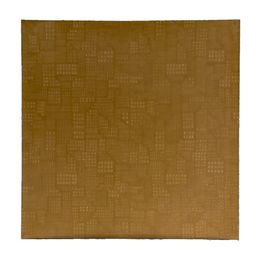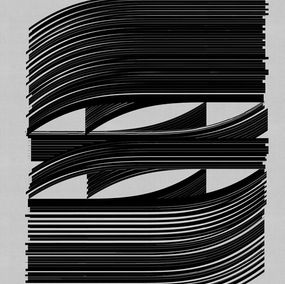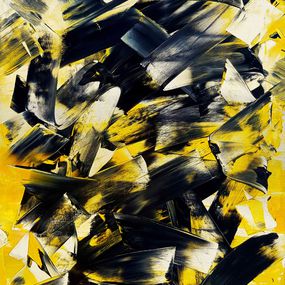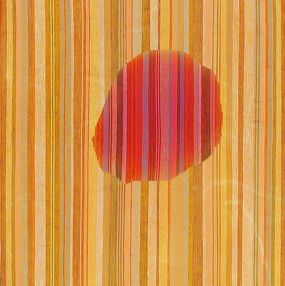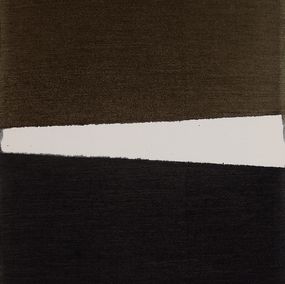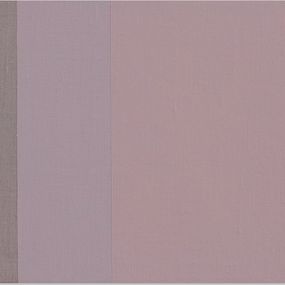
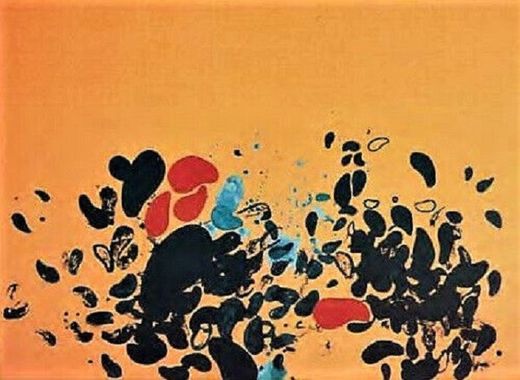
Biography
Luigi Mainolfi (Rotondi, February 16, 1948) is an Italian sculptor. Known internationally, he is one of the main representatives of the so-called post-conceptual sculpture, established in the early eighties. Since the beginning he has been making sculptures using poor and natural materials (terracotta, plaster, wood, lava stone) and bronze castings. After studying painting at the Academy of Fine Arts in Naples, he was attracted by the artistic and cultural panorama of Turin and in 1973 he moved there. In this period, he supported himself by working as a security guard at the Michelin factory near Corso Umbria, which later closed.
The first works, created between 1972-76, investigate the body and the gesture: in the first exhibitions and performances, he presents plaster casts of his own body which he leaves to consume in the water causing the sculpture to transform and degrade, as happened in Cavriago in 1977 or makes them fall from above to the ground as in the performance at the Civic Gallery of Modern Art in Bologna in the same year. In 2001 the artist was chosen as the representative of Italy for an exchange between our country and Japan.
He arrives at the Sapporo Museum of Contemporary Art where he creates Mainolfi swims in the water of Hokkaido and Columns of Sapporo for the park. In confirmation of the criticism of his artistic career, he receives various official recognitions: nominated in 2007 as a member of the National Academy of San Luca. From April to November 2011, on the occasion of the celebrations for the 150th anniversary of the unification of Italy, the Palazzo Madama in Turin hosted a large installation by the artist entitled Turin looking at the sea in the Atrium Juvarriano.
Between 1979 and 1980 he created the Bell at the Tucci Russo gallery in Turin and The sovereign outdatedness at the contemporary art pavilion in Milan in 1982. In the following decade he presented large terracottas, with landscapes and fairytale-inspired subjects (Birth of an ogre, Elefantessa, 1980). He participates in the Sao Paulo Biennial (1981); he exhibited Alle forche caudine at the fortieth Venice Biennale and at "Documenta 7 in Kassel", (1982); he participates in the Paris Biennale (1982) with The bases of the sky (1981-82) and at the Venice Biennale (1986) he exhibits the bronze Triumph (Elefantessa, 1982).
He participated in the XI and XII National Art Quadrennial in Rome. It is the drawing that accompanies all of Mainolfi's production. In 1987 he won the "superior prixe" at the 5th Henry Moore GP in Japan, with the large bronze Giant City (1986) and obtained the Michelangelo prize for sculpture (2007) awarded to him by the city of Carrara. In 1990 he had a personal room at the Venice Biennale where he installed Sole nero (water, wax, wood, 1988-89).
In the following years, among the main one-man shows and retrospectives we mention: 1992, Contemporary Art Gallery, Rimini; 1994, Villa delle Rose, Civic Gallery of Modern Art, Bologna, and Galerie Hlavniho mèsta Prahy, Prague; 1995, Hotel de Galliffet, Paris; 1995, Promoter of fine arts, Civic Gallery of Modern Art, Turin; 1996-97 Civic Museum of Castelnuovo, Maschio Angioino and Diego Aragona Pignatelli Cortes Museum, Naples. Born in Irpino, Luigi Mainolfi was artistically trained in Naples; he lives and works in Turin.





